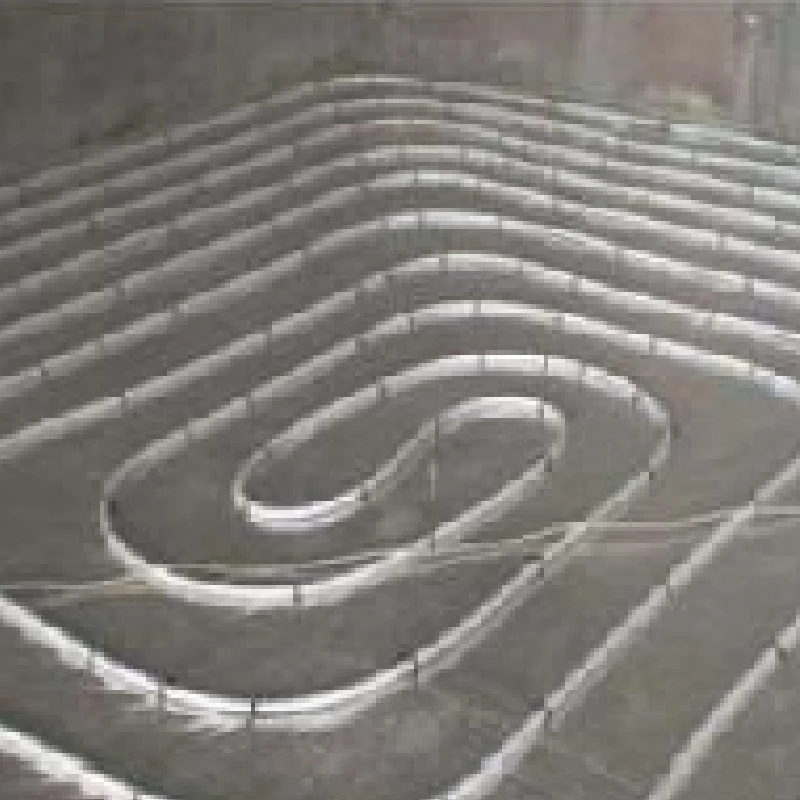Dec . 04, 2024 17:06 Back to list
wire mesh dimensions
Understanding Wire Mesh Dimensions A Comprehensive Guide
Wire mesh, an engineering and architectural staple, plays an essential role in a multitude of applications ranging from industrial processes to home improvement projects. To effectively utilize wire mesh, one must first comprehend the significance of its dimensions—an aspect that informs both functionality and suitability for various tasks.
What is Wire Mesh?
Wire mesh is a grid made from intersecting wires, typically formed through welding or weaving. The primary purpose of wire mesh is to provide support, separation, and filtration. It can be crafted from various materials, such as stainless steel, galvanized steel, and plastic. Each type of wire mesh has its unique benefits and applications depending on its material composition, thickness, and dimensions.
Importance of Dimensions
The dimensions of wire mesh significantly affect its performance and how it can be incorporated into different applications. The key measurements include wire diameter, mesh opening size (also known as aperture), and panel size.
1. Wire Diameter This measurement indicates the thickness of the wire used in the mesh. Generally expressed in gauges or millimeters, the wire diameter influences the strength and weight load capabilities of the mesh. A thicker wire diameter often leads to a more robust and durable mesh, suitable for heavy-duty applications such as construction or mining.
2. Mesh Opening Size The mesh opening size refers to the space between the wires in the grid. This void determines what particles or materials can be filtered through and is critical in applications like filtration or fencing. For instance, a larger mesh opening may be ideal for drainage purposes, allowing water to flow freely, while a smaller opening is necessary for applications yet still allows airflow while keeping out unwanted materials.
3. Panel Size The overall dimensions of the wire mesh panel influence its usability for specific projects. Standard panel sizes vary, but custom sizes can be made to fit unique needs. Proper sizing ensures that the wire mesh can cover necessary areas effectively, whether it’s for protective barriers, animal enclosures, or as part of an architectural feature.
wire mesh dimensions

Calculating Your Needs
When choosing wire mesh, it is essential to determine your application requirements clearly. This means evaluating factors such as load-bearing capacity, environmental conditions (e.g., exposure to moisture, chemicals, or corrosive elements), and the intended use (e.g., concrete reinforcement, safety fencing, or decorative elements). Here's a simple guide on how to proceed
1. Define Your Application Understand what the wire mesh will be used for. This includes identifying specific functions, such as filtering, safety, or decorative purposes.
2. Measure Dimensions Accurately measure the area you intend to cover. Make sure to take into account any obstructions or unique shapes in your space.
3. Select Specifications Based on the application, determine the appropriate wire diameter and mesh opening size. Take into consideration load requirements, structural integrity, and exposure conditions.
4. Consult with Experts If uncertain, consulting with suppliers or professionals in wire mesh materials can provide insights into the best options for your specific needs.
Conclusion
Understanding wire mesh dimensions is crucial for successful application across various fields. Whether you're constructing, filtering, or decorating, selecting the right wire mesh based on its dimensions can significantly impact performance and durability. Take the time to analyze your project requirements, and ensure you choose the optimal specifications to achieve the best results.
-
Reinforcing Mesh: Core Material of the Construction Industry
NewsJul.07,2025
-
Welded Wire Fabric Reinvented for Modern Projects
NewsJul.04,2025
-
Superiority of Stainless Steel Woven Mesh
NewsJul.04,2025
-
Key Types of Razor Wire and Their Applications
NewsJul.04,2025
-
Durable Metal Fence Types for Security
NewsJul.04,2025
-
Best Materials for Livestock Fence
NewsJul.04,2025
products.







